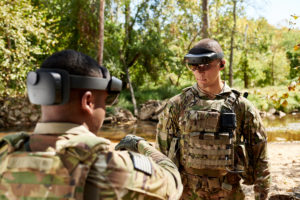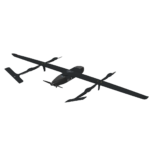
The House Armed Services Committee’s fiscal year 2021 defense authorization bill calls for reducing funding for the Army’s future augmented reality headset by $230 million to adjust for operational test delays and plans to purchase fewer units. HASC’s full markup authorizes $897 million for the Integrated Visual Augmentation System (IVAS), being developed by Microsoft [MSFT], below the Army’s request for over $1.1 billion. “It’s a very aggressive schedule. And the operational testing of the system has been delayed. The delivery…

 By
By 











